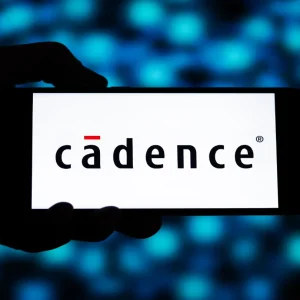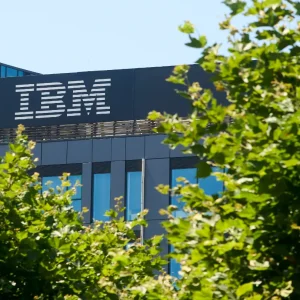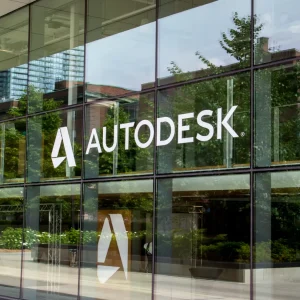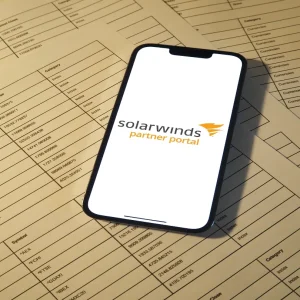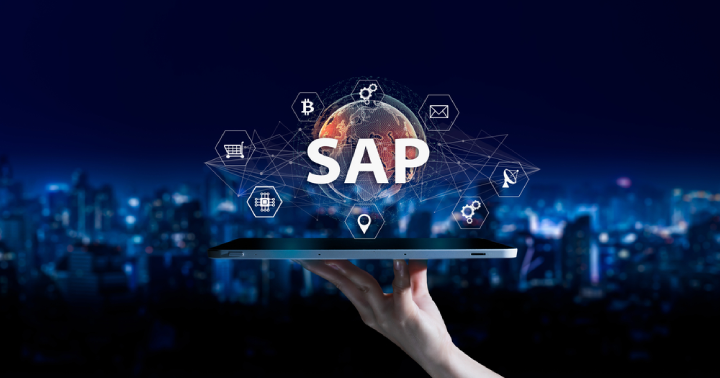
The year 2025 was originally the S/4HANA deadline. However, it was way too optimistic as a timescale for the SAP Business Suite 7 user base to move onto the new platform.
The deadline was moved after the enterprise received feedback from its users, and it decided to provide extended maintenance support until 2030, on the condition that SAP customers will pay for this maintenance from 2027 to 2030.

At the end of support, customers will no longer receive any updates, security or otherwise. Customers will no longer be able to access official support to resolve technical queries. Everything else will remain the same. So, all a business has to do is replace this, and it can carry on just as before.
Described by SAP as its “biggest launch ever”, this new ERP suite will run exclusively on SAP’s own database, HANA. Previously, SAP’s software worked with a number of databases, like Oracle, but businesses migrating to the new system will also need to move their entire database.
The year 2027 is a real deadline, but only for SAP, not its customers. Any business that’s unsure of its next steps shouldn’t panic, but it should consider what they need to do to remain supported after the deadline.
What do businesses need to do now?
There are a few choices available to businesses. If the current SAP set-up is not excessively customised, then it may make sense to convert to S/4HANA. If not, then a full re-implementation might be necessary. Or it may even be an opportunity to move from SAP to another provider, such as Oracle or Microsoft.
If the business decides to stick with SAP, then there will be a need for new infrastructure. S/4HANA requires HANA as a database, as said before, which in return requires Linux, the only operating system that runs HANA.
The business needs to set up a proof of concept to map and prototype critical business processes that will be migrated to the new setup. They need to decide whether the infrastructure they will use will remain on-premise or move to the cloud and whether this will be private, public, or hybrid.
The process of migration is not quick, nor easy, nor cheap. Time will need to be spent not only on the migration, but also on testing the migration, and training users on how to use the new software.
The migration may also remove one of the main advantages of SAP: its flexibility, working with the hardware and software combinations that businesses are comfortable using. HANA is an innovative “in-memory” database, making it faster—but it is nowhere near as mature as other solutions. Businesses may feel, quite rightly, that they would prefer the mature, reliable database options over the newer, if quicker, HANA database.
Should businesses act now?
The other alternative is to do nothing.
It’s not quite that simple, but businesses that feel that they are being pressured into giving up their existing ERP system and moving on to another, just because the vendor can use this to grow its business. They’re right, S/4HANA may offer advantages to its users, but it should be the customer’s choice whether to move, after balancing those advantages against the disruption.
Third-party support vendors can help here, by providing both specialist support and virtual patching to protect SAP installations from attacks. Businesses should also think about what their plans are between now and 2027, with SAP so focused on S/4HANA, they’re unlikely to get much from their investment in legacy software.


